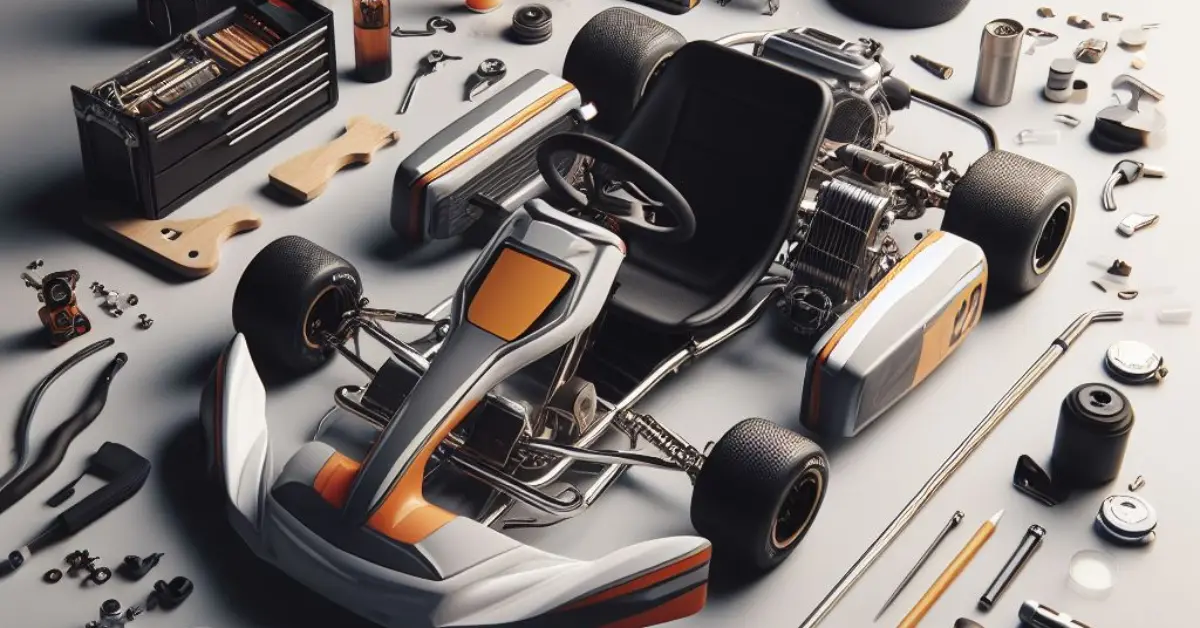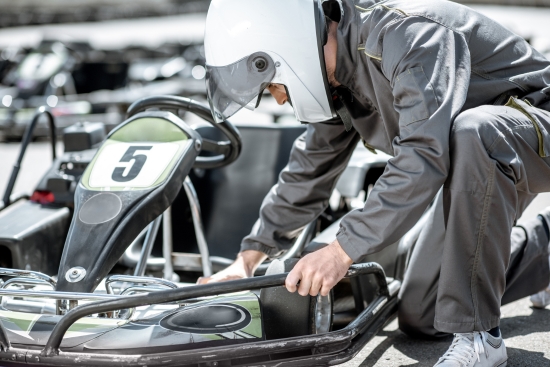Kart racing mechanics are pivotal for achieving peak performance on the track. Beyond just driving skills, meticulous attention to maintenance and tuning is vital to extract maximum speed, handling, and reliability from a kart. This article delves deep into the realm of kart racing mechanics, shedding light on the fundamental maintenance routines and tuning methodologies that drivers and teams must master to maintain competitiveness. From regular upkeep to fine adjustments, every facet of kart maintenance contributes to overall performance. Whether it’s ensuring optimal tyre pressure, brake functionality, or engine performance, meticulous management of kart mechanics is indispensable. By honing these skills and techniques, drivers can fine-tune their karts to suit different track conditions and driving styles, ultimately gaining a competitive edge on race day.
Routine Maintenance
Routine maintenance is the foundation of kart racing mechanics, encompassing regular inspections and upkeep tasks to prevent mechanical failures and optimize performance. This includes checking and adjusting tyre pressure, inspecting brakes and steering components, lubricating moving parts, and ensuring proper alignment. By staying proactive with routine maintenance, drivers can minimize the risk of unexpected issues during races and maintain consistent performance on the track.

Engine Maintenance
The engine is the heart of a kart, and proper maintenance is essential for maximizing power output and reliability. This involves regular checks and adjustments of engine components such as spark plugs, carburettors, air filters, and fuel lines. Additionally, engine tuning techniques such as jetting and ignition timing adjustments can be used to optimize performance based on track conditions and driver preferences. By staying diligent with engine maintenance and tuning, drivers can ensure their kart delivers peak performance throughout races.
Chassis Tuning
Chassis tuning is another critical aspect of kart racing mechanics, focusing on optimizing handling and balance to suit different track conditions and driving styles. This includes adjusting parameters such as chassis stiffness, ride height, camber, caster, and toe-in/out settings. By fine-tuning the chassis, drivers can improve cornering grip, stability, and responsiveness, giving them a competitive edge on the track. Experimentation and data analysis are key to finding the perfect chassis setup for each race.
Data Analysis and Feedback
Moreover, data analysis plays a significant role in kart racing mechanics, allowing teams to track performance metrics and make informed decisions about maintenance and tuning. This involves collecting data from onboard sensors, lap timers, and telemetry systems to analyze factors such as lap times, cornering speeds, and engine parameters. By analyzing this data and incorporating driver feedback, teams can identify areas for improvement and make targeted adjustments to enhance performance on the track.
Setting Up for Success
Pre-race preparation is the final step in kart racing mechanics, ensuring that the kart is properly set up and ready for competition. This includes final checks of all components, verifying fuel levels and tyre pressures, and warming up the engine and tyres. Additionally, drivers may conduct practice sessions to fine-tune their setup and familiarize themselves with track conditions. By meticulously preparing for each race, drivers and teams can maximize their chances of success on race day.
Conclusion
In conclusion, kart racing mechanics are the backbone of maintaining peak performance and competitiveness on the track. From the meticulous execution of routine maintenance tasks to the precision of engine tuning and chassis adjustments, every facet of a kart’s mechanics is crucial for ensuring optimal performance. By comprehending the paramount significance of maintenance and tuning, drivers and teams can effectively stay ahead of the competition and secure success in kart racing. Through consistent attention to detail and a deep understanding of their kart’s mechanics, racers can fine-tune their vehicles to perfection, maximizing speed, handling, and reliability. Ultimately, mastery of kart racing mechanics not only enhances performance but also instils confidence in drivers, empowering them to push the limits of their capabilities and achieve their racing goals. With dedication and expertise in kart maintenance and tuning, drivers can unlock their full potential and dominate the racetrack with unparalleled skill and precision.

